10 Unique Phys Ed Games Your Students Will Love
Physical education, or "Phys Ed", is an integral part of any well-rounded curriculum. It helps students develop healthy habits, teamwork skills, and a love for physical activity. However, to keep students engaged, it's crucial to introduce unique and exciting games. So, ready to bring fun back into your Phys Ed classes? Let's explore 10 unique games that your students will absolutely love!
The Ten Unique Phys Ed Games
From boosting fitness levels to enhancing cognitive development, these games serve multiple purposes. Each is designed to bring excitement and a fresh approach to physical education.
1. Giant Parachute Tag
This is a fun game that involves a giant parachute and lots of running. It promotes teamwork and strategic thinking while giving kids a great cardio workout.
Rules and Requirements: This game requires a large parachute and a spacious playing field. The children stand around the parachute, holding it by the handles. One player is chosen to be 'it' and moves under the parachute while the other children shake it. The 'it' player tries to tag the others who, in turn, try to evade while maintaining hold of the parachute.
Benefits and Learning Outcomes: This game fosters teamwork, coordination, and improves cardiovascular fitness.
2. Castle Ball
Castle Ball is a strategic game that encourages teamwork. The goal is to knock down the opponent's castle while protecting your own.
Rules and Requirements: Divide students into two teams and create 'castles' using gym cones on either side of the field. Teams must protect their castle while attempting to knock down the opponent's castle with a ball.
Benefits and Learning Outcomes: This game enhances strategic thinking, coordination, and team-building skills.
3. Octopus Tag
This fun version of tag involves more players and requires quick thinking and agility. It's perfect for improving speed and coordination.
Rules and Requirements: One student is 'it' and tries to tag others in a defined area. When tagged, students become 'octopuses' and help the 'it' tag others, but they must remain stationary and can only reach out to tag.
Benefits and Learning Outcomes: This game improves agility, speed, and spatial awareness.
4. Cooperative Builders
This game promotes problem-solving skills and cooperation as students work together to build structures using various equipment.
Rules and Requirements: Students are divided into teams, and each team is given various equipment (balls, cones, hoops). Teams must work together to build a structure or pattern within a set time.
Benefits and Learning Outcomes: This game promotes problem-solving, cooperation, and creative thinking.
5. Battleball
A unique twist on dodgeball, Battleball tests students' agility, coordination, and throwing accuracy.
Rules and Requirements: Similar to dodgeball, but when a player is hit, they sit down. They can be revived if a teammate catches a thrown ball.
Benefits and Learning Outcomes: Battleball improves agility, throwing accuracy, and teamwork.
6. Running Pictionary
Running Pictionary combines running and drawing, making it a wonderful way to integrate creativity into physical activity.
Rules and Requirements: Divide students into teams. A player from each team runs to a board, draws a pre-decided object, and runs back. The team has to guess what the object is.
Benefits and Learning Outcomes: This game enhances creativity, communication, and provides a cardio workout.
7. Stomp
In this fast-paced game, students must stomp on balloons attached to others' feet while keeping their own balloon safe.
Rules and Requirements: Each player has a balloon tied to their ankle. The goal is to pop others' balloons by stomping on them while protecting your own.
Benefits and Learning Outcomes: Stomp improves agility, strategy, and enhances motor skills.
8. GaGa Ball
An Israeli game of dodging, striking, running, and jumping, GaGa Ball promotes agility and hand-eye coordination.
Rules and Requirements: Players stand in a 'GaGa Pit.' A ball is thrown in the middle, and players aim to hit the ball towards others below the knee level. If hit, the player is out. The last person standing wins.
Benefits and Learning Outcomes: This game enhances agility, coordination, and reaction times.
9. Dr. Dodgeball
Adding a healing component to the traditional dodgeball game, this game encourages strategy and teamwork.
Rules and Requirements: Like dodgeball, but each team has a designated 'doctor' who can heal hit players. If the doctor is hit, the team can't revive any more players.
Benefits and Learning Outcomes: This game promotes strategy, teamwork, and improves motor skills.
10. Capture the Flag Extreme
A classic game with a twist, this game not only promotes physical fitness but also enhances strategic planning and teamwork.
Rules and Requirements: Each team protects a flag on their side of the field while attempting to capture the other team's flag. Players tagged in the enemy territory are 'jailed' and can be freed by their teammates.
Benefits and Learning Outcomes: This game promotes physical fitness, strategic planning, and teamwork.
The Role of Physical Education
Physical education plays an essential role in schools, promoting physical fitness, enhancing social interaction, and developing sportsmanship. By incorporating unique games like the ones described above, teachers can offer a more engaging, fun, and holistic learning experience.
Conclusion
Unconventional and unique phys ed games can bring new life into your physical education classes. They not only help improve physical fitness but also promote teamwork, strategy, and a host of other valuable skills. So, why not try these ten unique games and watch your students fall in love with physical education all over again?
FAQs
-
What are some benefits of unique Phys Ed games? Unique games promote better engagement, improve physical fitness, and help develop various skills such as teamwork, strategy, and problem-solving.
-
Why is physical education important? Physical education promotes physical fitness, social interaction, and sportsmanship. It can also instill a lifelong love for physical activity.
-
How can I make physical education more exciting? Introducing unique and innovative games can make physical education more exciting and engaging.
-
What age group are these games suitable for? While some games may be more suited to certain age groups, most of these games can be adapted for different ages.
-
What equipment is needed for these games? The equipment varies depending on the game. Some may require common gym equipment like balls or cones, while others may require specific items like a giant parachute.

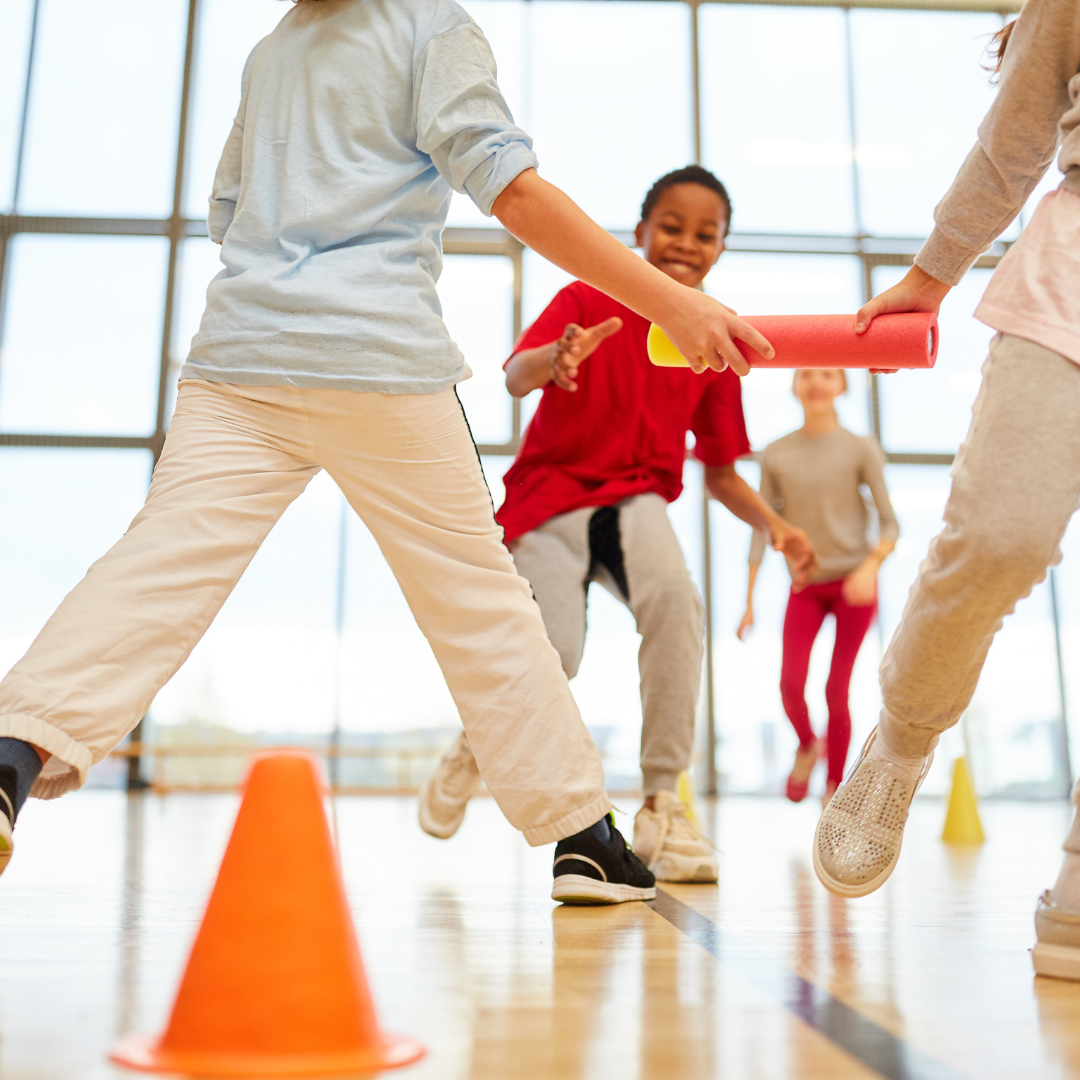

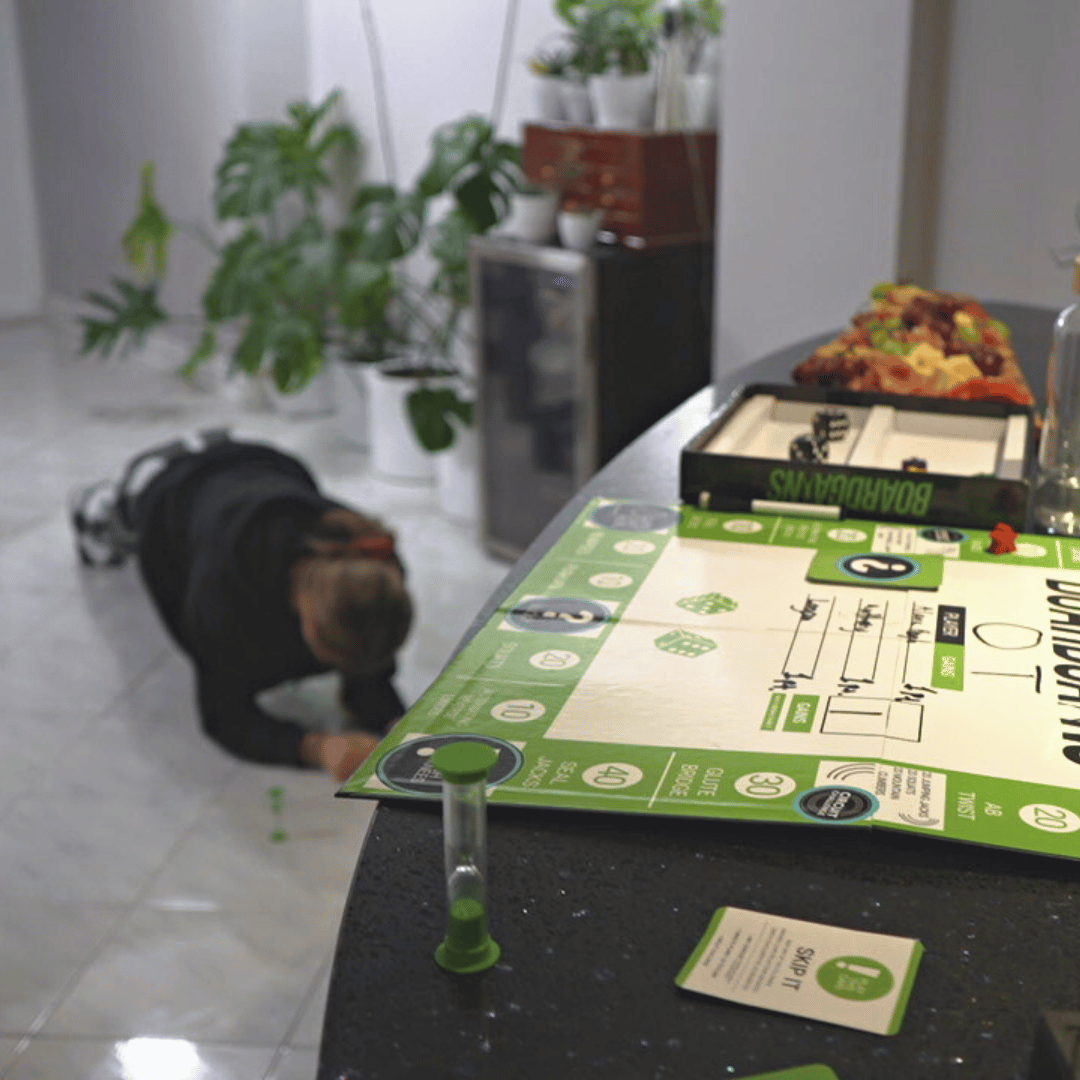
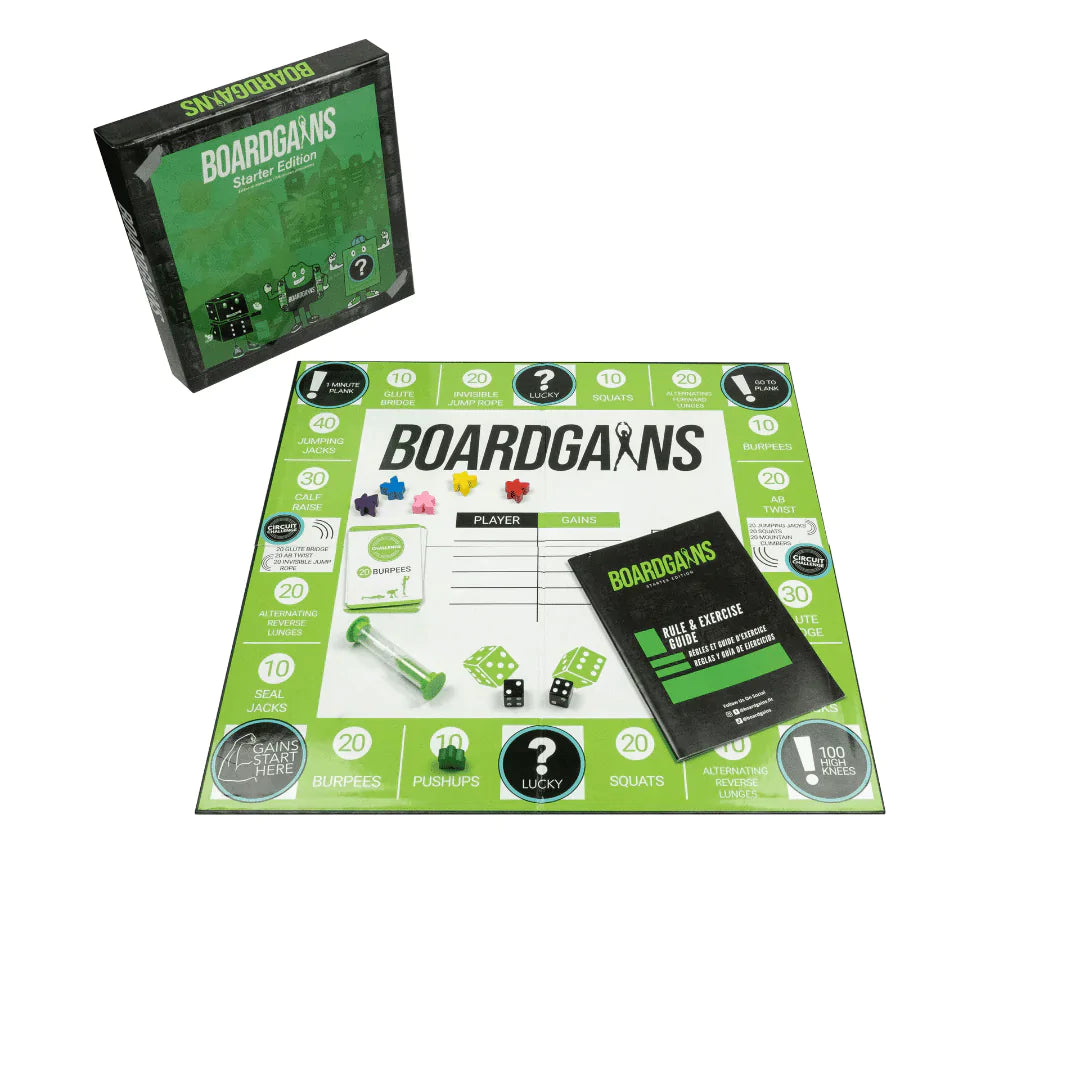
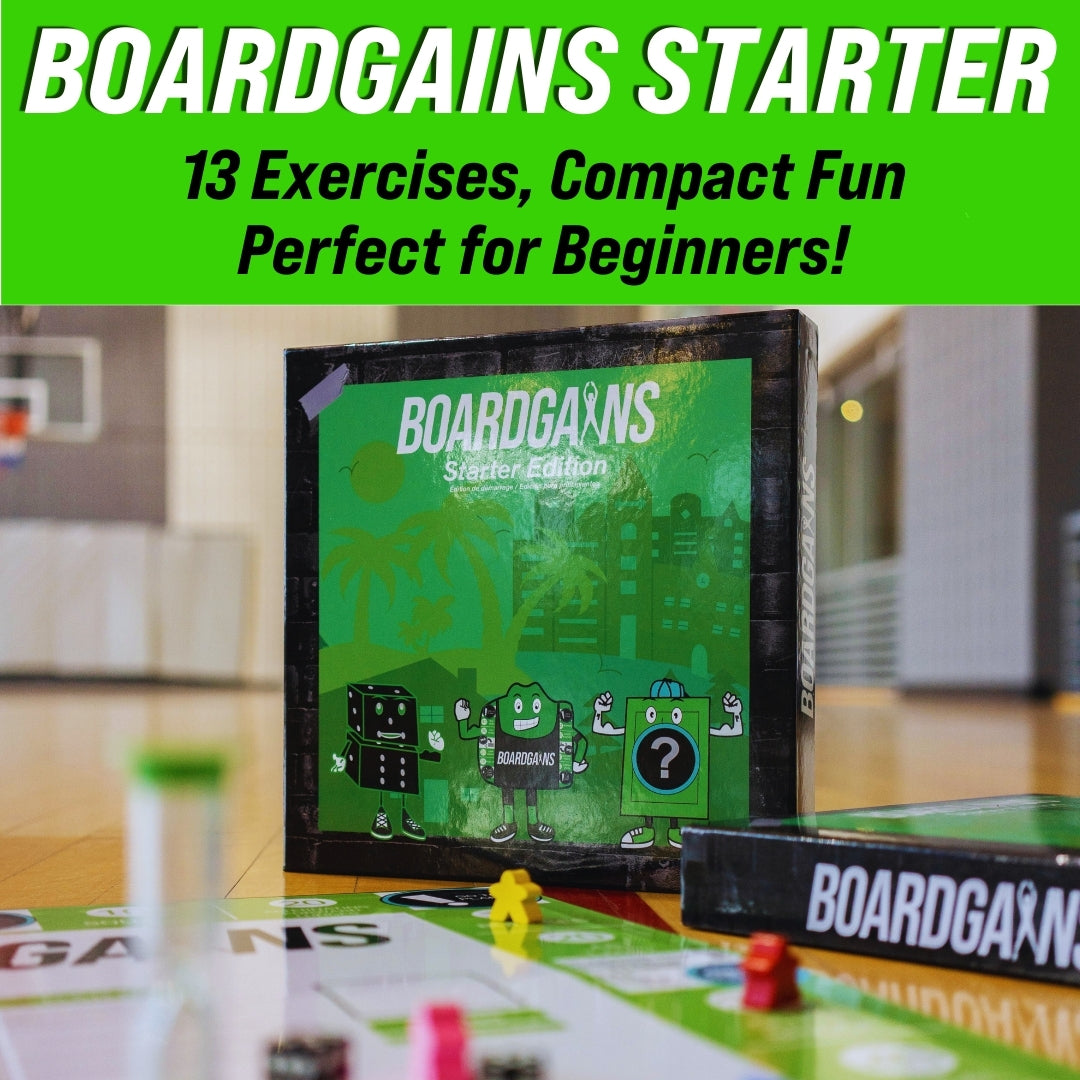
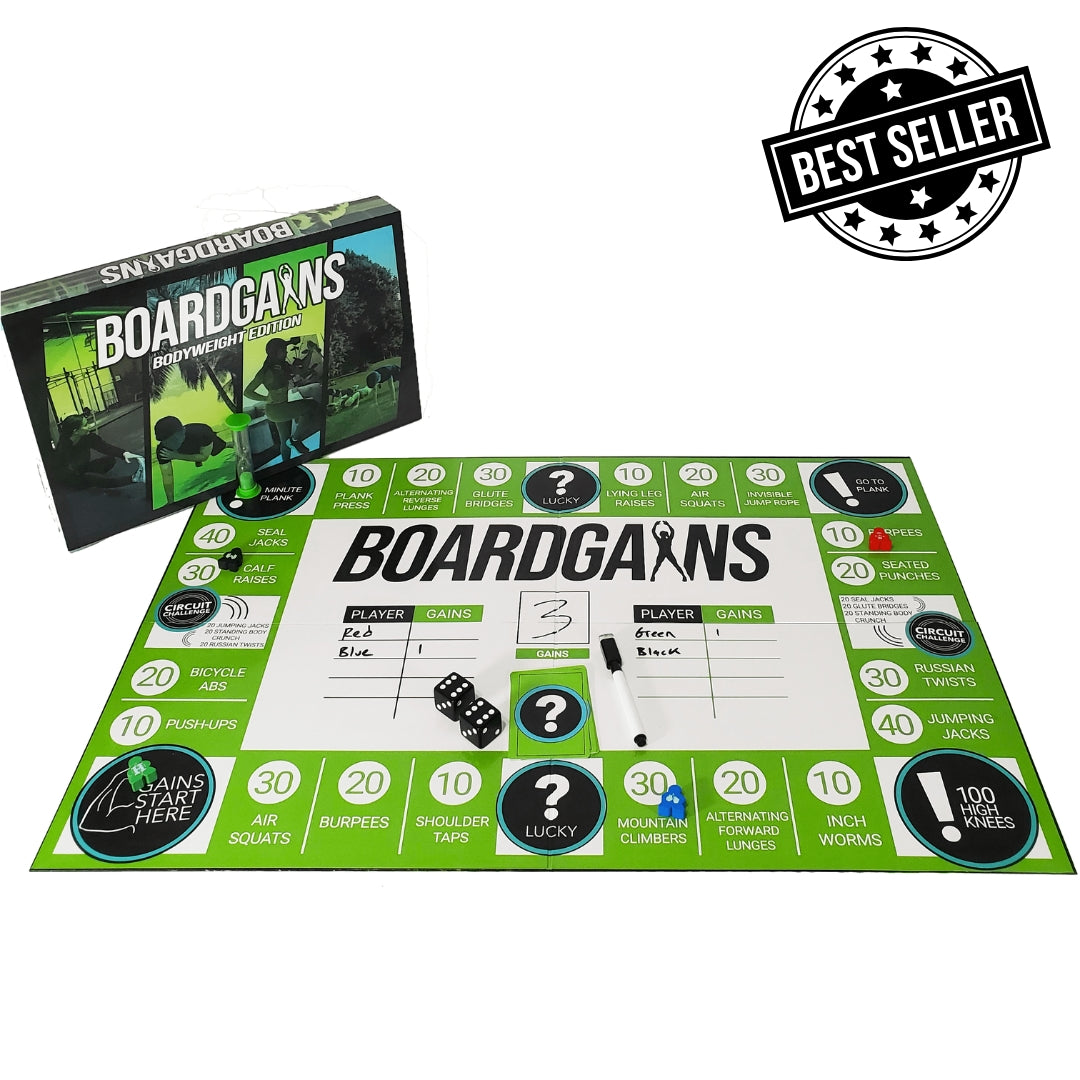

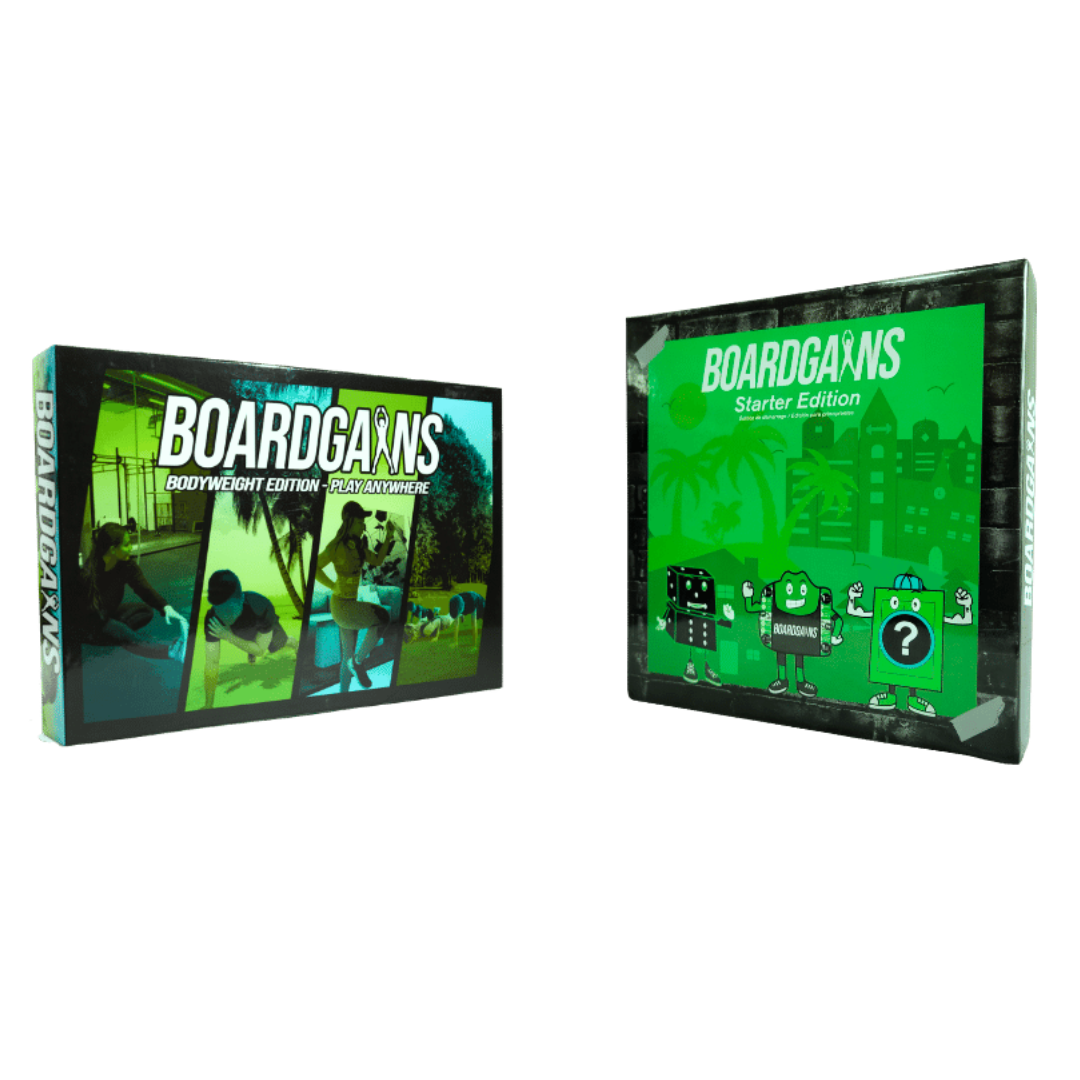
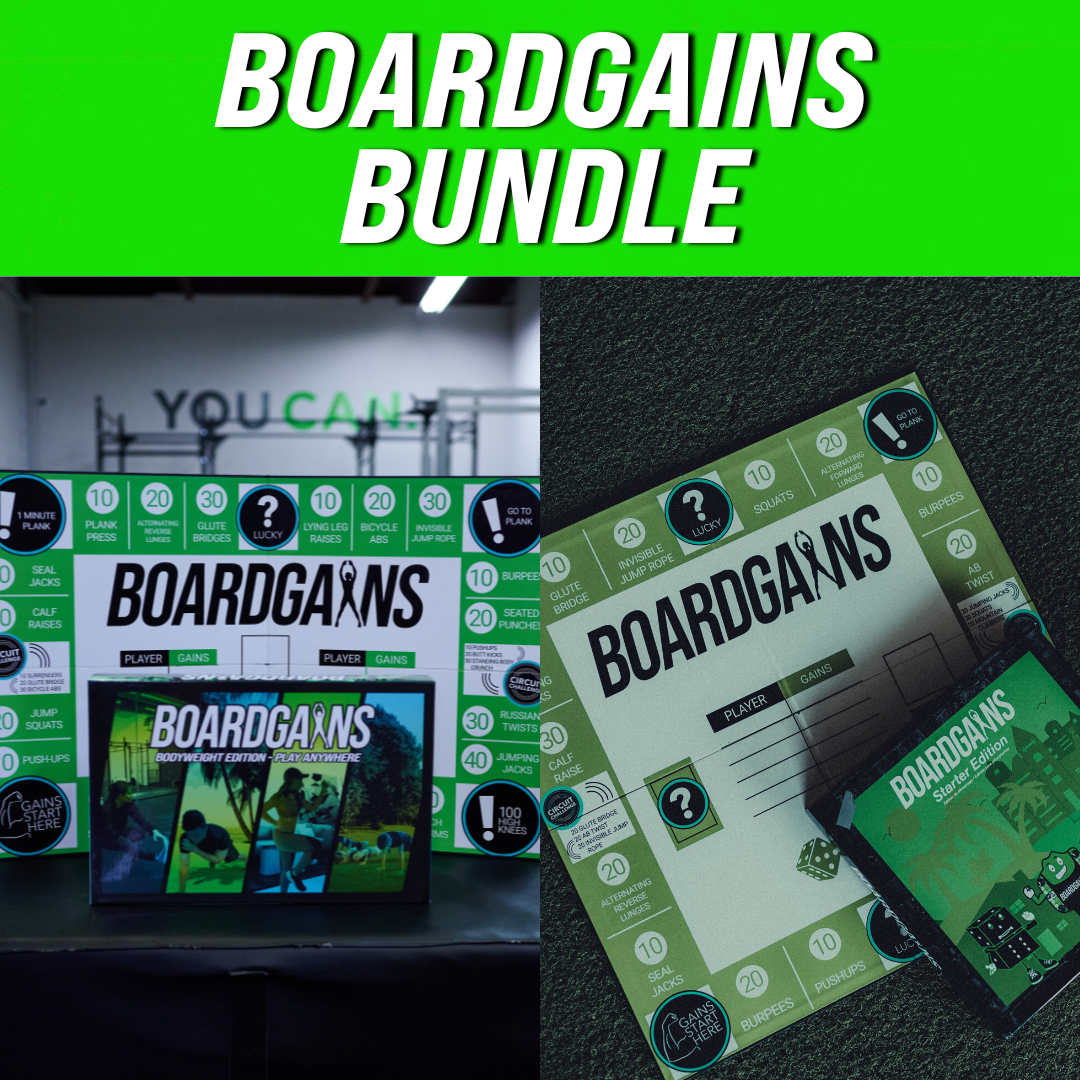
Leave a comment
This site is protected by hCaptcha and the hCaptcha Privacy Policy and Terms of Service apply.